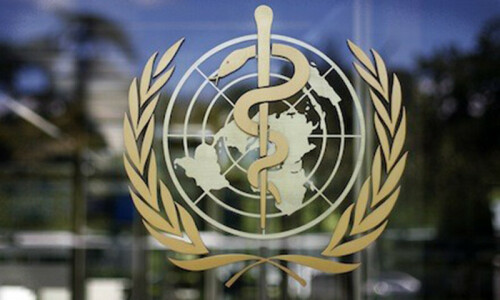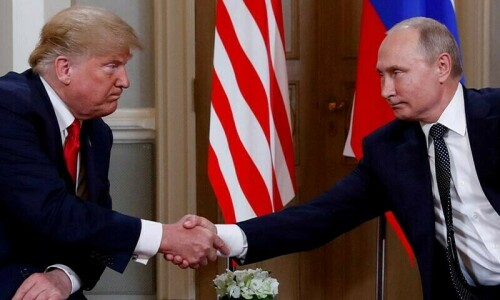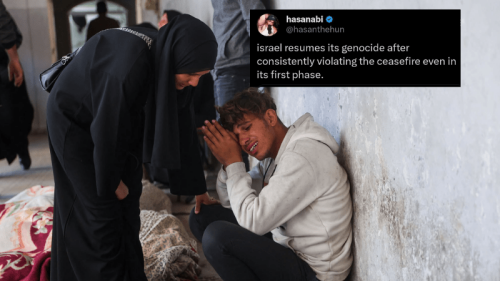
IN the run-up to elections both the PTI and PML-N claimed that they had achieved a lot in education in Khyber Pakhtunkhwa and Punjab respectively. And, to an extent, they were both right. There have been major reforms that have been carried out in the education systems in these provinces.
But a few things should be clear. First, though a lot of reforms can be pointed to and a lot of changes on the input side can be highlighted, it is hard to show significant changes on the output or outcome side: enrolment and learning gains, two of the major outcome objectives for both provinces, do not show up as strongly as both parties have claimed. And trends, in enrolment and learning outcomes, are even harder to point out.
Second, we cannot differentiate between the performance of the provinces to clearly say that one did better than the other. Our macro numbers are not good enough to do that and any claims of better performance, if they are any, have been made on the basis of very shaky evidence.
Third, though the two parties will find it hard to acknowledge this and might not like it either, it is a fact that most of the reforms that have been implemented in the two provinces, in the area of education, have been quite similar to each other. It could be that the same sort of ‘best practices’ had been shared with the two governments. They might have copied or followed each other’s ‘successful’ reforms, or it might have been that the same donors were involved in advising on education reforms and even financing some of the reforms (DFID, World Bank, etc).
We cannot differentiate between the performance of the provinces to clearly say that one did better than the other.
I am going to restrict this discussion to the PTI in Khyber Pakhtunkhwa and the PML-N in Punjab, and not talk of Sindh and the PPP as the education reforms in Sindh, though similar in nature, were, generally speaking, less effectively implemented than in the other provinces. I am taking the front runners, so to speak. But most of the argument applies to the PPP-led reforms in education in Sindh as well.
Teacher recruitment process has been changed to make it more ‘objective’ and less prone to corruption, teacher numbers, salaries and grades have been improved, and teacher training has been changed. This has happened in both provinces and almost in parallel.
Monitoring and evaluation systems have been introduced at teacher and school level. The monitors collect data on student and teacher attendance, provision of infrastructure and some variables for in-class performance as well. There are some differences in how this data is aggregated and utilised across the two provinces, but again, both provinces have put in place similar monitoring and evaluation systems.
Infrastructure provision has been a major part of ‘reforms’ in education in both provinces in the form of room construction, bathroom construction, provision of water and electricity, and making of boundary walls.
Even the ‘smaller’ reform efforts have had a substantial overlap. There have been efforts to ‘fix’ the examination systems across the two provinces. Both provinces have been providing textbooks to all students in the public sector, both have been running scholarship and stipend programmes, especially for girls, and both have been focusing attention on districts that had been lagging behind in educational performance.
There were some differences too. The chief minister in Punjab had a road map and a stock-taking process that raised the profile of education issues to the highest level. This process was not followed in KP. Daanish schools were opened up in Punjab but not in KP. Punjab also introduced the Punjab Examination Commission to conduct province-wide examinations in Grade 5 and 8. KP is still exploring this area. But these differences, compared to the similarities, are not significant.
As we move past the elections, parties will be working on their policies for the coming years. The questions to think about are: why did the policies of the last five years show limited results on the side of outcomes? Why are millions of children, especially at the level of middle and high school, still out of schools? Why are learning outcomes not showing stronger trends? These questions are much more important than asking whether the PML-N did better than the PTI or vice versa. The people are interested in the outcomes and not relative performance.
Both governments claimed that they spent billions on education, that they raised education budgets substantially (though the real, as opposed to nominal, increases are actually quite modest). So then why are outcomes sluggish? And what will these parties do differently if they get the chance to govern again? Will it be more of similar policies or will they be working through the reasons as to why earlier policies might not have been as successful as they had hoped for?
Party manifestos tend to be summary statements with overall objectives and only headline news about intended policy actions. Many are even written in bullet-point form. Party manifestos from this time were no different. Even after reading the manifestos it is not clear how are these parties thinking of the future. But it is clear that, when in a position of power, they will continue a lot of the policies they have been implementing as they think they did quite well in their respective provinces. So, one should not expect a lot of soul-searching in the next term. This will be a sad outcome. The problems of access, quality, relevance and equity in education are non-trivial and are impacting millions of children: those who are not in schools and even the majority of those who are in school. If the main parties are not able or willing to introspect and think through why their efforts over the last five years did not yield the results they had hoped for, how are we going to change policies for the future and bring in fresh thinking and fresh ideas?
The writer is a senior research fellow at the Institute of Development and Economic Alternatives and an associate professor of economics at Lums, Lahore.
Published in Dawn, July 27th, 2018










































